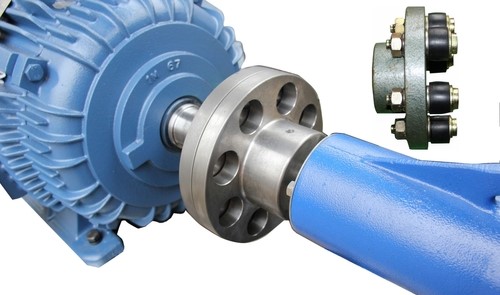Background
This case study is from an API pharmaceutical plant located in Singapore, Asia, where remote monitoring detects HVAC motor bearing deterioration. The Eastway Safeguard® online monitoring system was installed on the manufacturing plant’s critical Heating Ventilation Air Condition (HVAC) system in 2018. The Eastway Safeguard® continuous vibration monitoring system replaced their pre-existing manual vibration data collection programme.
The Eastway Safeguard® continuous vibration monitoring system on this Air Handling Unit (AHU) was installed as part of an initiative for best-in-class maintenance practices in this manufacturing site. The plant adopted the 24/7 Eastway Safeguard® system to ensure zero downtime and maximum production output and reduce intrusive planned maintenance routine requirements.
Case Description
In February 2022 high vibration values, both velocity (mm/s RMS) and acceleration (g RMS), were detected above warning levels across the Air Handling Unit motor test points through the Eastway Safeguard® online vibration system. See Figure 1 for the AHU supply motor 1, motor drive end velocity trend from 29th January 2022 to 28th February 2022 showing this increase in trend. Automatic alerts were sent to key personnel and the Eastway team.

Figure 1. AHU Supply Motor 1 – Motor Drive End Velocity trend from 29 Jan 2022 to 28 Feb 2022
Recommended Action
Further analysis of the vibration from the motor data was completed by the Eastway remote monitoring team. On the analysis, the vibration FFT spectra (Fast Fourier Transform), enveloped spectra and time waveform signatures were examined. See Figure 2. an acceleration FFT sample from 20th February 2022 from the motor drive end test point showing a high peak at 52.49Hz with harmonics and an evident noise floor. Based on the motor Hz settings of 38.5Hz on 19th February 2022 and the motor plate speed of 1470rpm at 50Hz, the running speed is estimated at 18.86Hz (1132rpm) and therefore 52.49Hz is a non-synchronous frequency.

Figure 2. AHU Supply Motor 1 – Acceleration FFT spectra – Motor Drive End
Based on the increasing vibration trend at the motor and signature analysis, it was recommended to check security of mounting structure, particularly at the motor drive end and fan. In addition, as the trend was increasing with the non-synchronous energy it was recommended to inspect bearings for any inaccuracies and replace them if required.
Action Taken
Following this recommendation, a downtime window for AHU supply motor 1 was arranged with the API plant production team. At this downtime, the API plant maintenance personnel replaced AHU supply motor 1. They reported substantial wear evident on the motor bearings and they fitted a new motor in its place. Eastway were in close contact with the API maintenance team and supporting the works by closely monitoring the vibration levels once the unit restarted.
It was confirmed that following this maintenance work, the vibration levels across the machine reduced significantly and have remained at low magnitudes since. See Figure 3. for velocity trend MDE from 10th February 2022 to 14th March 2022 and Figure 4. for MDE acceleration (g RMS) FFT waterfall comparison from September 2019 to March 2021.

Figure 3. AHU Supply Motor 1 Vibration Velocity trend MDE from 10 Feb 2022 to 14 Mar 2022.

Figure 4. Vibration Acc FFT Waterfall MDE from 20 Feb 2022 (back, before replacement) and 20 Mar 2022 (front, after new motor was Installed).
Results
Detecting the HVAC motor bearing deterioration in advance, enabled timely planning and sufficient lead time to order components and have the correct tools in place. Thus, in addition to identifying problems and dramatically reducing downtime, the detection also significantly reduced the man hours to replace the components and carry out maintenance work. Planned downtime avoids the loss in planned production hours.
Table 1 illustrates the importance of having a 24/7 monitoring service in place to detect failures, allowing corrections to be carried out before costly system failures occur.




